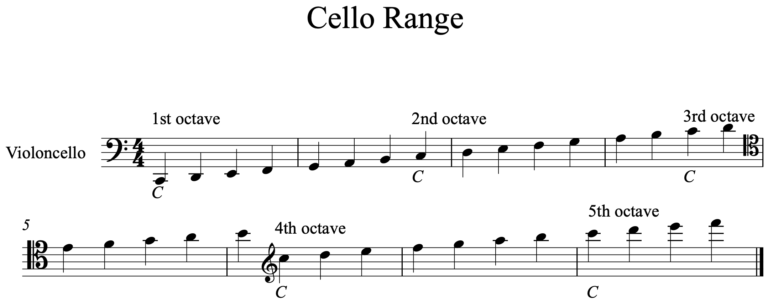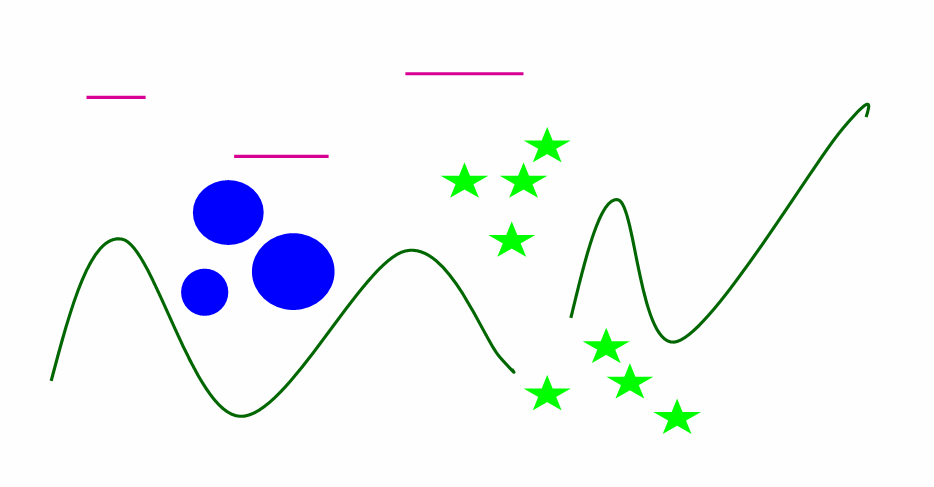Welcome to our forum. A Message To Our New and Prospective Members . Check out our Forum Rules. Lets keep this forum an enjoyable place to visit.
Currently working on errors from the latest (SimplePress) forum update. Many issues have been resoled and others are being worked on. Thank you for your patience.
 Topic RSS
Topic RSS



 (2 votes)
(2 votes) Regulars
 Offline
Offline








@SharonC - Hope you see this!
Love people who find unusual artistic ways that enrich my life! 😊
Beautiful looking, as well as beautiful sounding music compositions, "Sympawnies" by Noam Oxman of (Jerusalem)!
...you know I HAD to show the Cats! (lol)
Check out the other great compositions with different animals & instruments!
More info about Noam Oxman -
Regulars
 Offline
Offline








🤔... been thinking about music notation for 5-string Violins, 5-string Violas & 5-string Cello parts (my own perfect little World! 😈)!
All 3 instruments would be notated using just Treble & Bass Clef (like a piano score) - the Alto Clef would disappear, I mean the Cello range is AMAZING, but why deal with more than 2 Clefs?

I'd have each instrument designated a specific color notation!
If 2 instruments played the same note (same time) that note color would be a blend, and if all 3 instruments played the same note (same time) - that note would be black. I suppose a few 'Shape' notes could be re-purposed to help reinforce/differentiate the colors - otherwise, color-blind musicians would be screwed! 🤣 I'm thinking once I got used to reading the color/shape associated with the instrument I was using, let's say 'red square' for a Viola example - the other colors/shapes shouldn't be hard to ignore... that's my theory, anyway.
I started thinking more about COLOR from a recent Birthday card embroidery pattern I saw that had a printed music staff, but the notes for the 'Happy Birthday' waltz were embroidered in an array of bright colors... based on 'Chromesthesia' (the synesthesia we've talked about elsewhere on the forum) - colorful, but different than my idea.

I'll have to think more about if this might be feasible, next week - still too much commotion around my house (still wrapping gifts for yet another Birthday, tomorrow)!
...I'm worn out.
Regulars
 Offline
Offline








Graphic Notation: a Brief History of Visualizing Music - article by David Hall.
...seems it all boils down to creative 'freedom' with sound!
🎃 It's Autumn, Halloween is creeping closer...
<a href="
I was thinking... how cool to interpret this, try to play this on our instruments.
🤔... what would I do? What would YOU do? Omg... an 'Experimental' Party(?)

Regulars
 Offline
Offline






ELCBK said
Graphic Notation: a Brief History of Visualizing Music - article by David Hall....seems it all boils down to creative 'freedom' with sound!
🎃 It's Autumn, Halloween is creeping closer...
<a href="
I was thinking... how cool to interpret this, try to play this on our instruments.
🤔... what would I do? What would YOU do? Omg... an 'Experimental' Party(?)
i dont understand how this relates to playing violin. talking about the video. i havent read the article. I understand the concept of the clock face and whats going on witb different sounds as time progresses..how those sounds are represented by different objects in the circle. but the whole what would you do question.. not sure what you mean.
Regulars
 Offline
Offline








@ABitRusty -
Well... if you wanted to play "Thunderstorm", and you only have a fiddle to play it on - what techniques/effects could you do (with your bow & fingers) to represent the different sounds?
Granted, you would have to layer parts (as if you were playing each instrument in the video) & you wouldn't be able to do an exact replication - it would be your 'interpretation', done on the fiddle!
This is a TEST (just kidding).
🤭... oops, I don't know how to layer recordings, yet. 😳
Regulars
 Offline
Offline






Regulars
 Offline
Offline








...sorry, I've been listening to too much Krzysztof Pendereck music.
<a href="
I thought the circular form, of Alex Chorley's, "Thunderstorm", was a wonderful way to represent a SHORT composition!
🤔... probably should've mentioned the score symbol 'key' - would've made it easier to understand you can just replace Alex's instrument sounds with your own extended violin techniques.
KEY ('my' offhand suggestions follow):
Blue triangles: triangle (rain) = ? (maybe light finger tapping on violin body)
Red circles: xylophone (rain) = ? (maybe pizzicato behind the bridge, or in front with left hand slightly muting strings)
Yellow ovals: cymbal hit (lightning) = ? (maybe a dissonant 3 string chord)
Green rectangles: thunder can (thunder) = ? (maybe slapping open hand on fingerboard, or knocking with knuckles on back of violin)
Spirals: timpani drum roll (thunder) = ? (maybe col legno on low strings)
Brown 'dip': swanee whistle (tree falling)= ? (maybe glissando)
Black 'hills': voice whistle (wind) = ? (maybe flautando/sultasto, or blowing in the 'F' holes)
Face and 'tsssss': voice scream and hiss (person getting struck by lightning and burning).
Pitch rises as you move from the centre of the circle to the outside.
I think graphic notation is a fabulous way to represent a musical idea - even a simple melody.
Possibly something to consider as a composing 'starting point', before adding details/turning it into standard notation.
If anyone has the urge to try graphic notation to create a composition, here's a few things to consider. "How to Read & Write Graphic Notation" (part 2) - Music Stuff With Spock #9.
<a href="

Regulars
 Offline
Offline






ELCBK said
...sorry, I've been listening to too much Krzysztof Pendereck music.<a href="
I thought the circular form, of Alex Chorley's, "Thunderstorm", was a wonderful way to represent a SHORT composition!
🤔... probably should've mentioned the score symbol 'key' - would've made it easier to understand you can just replace Alex's instrument sounds with your own extended violin techniques.
KEY (my offhand suggestions follow):
Blue triangles: triangle (rain) = ? (maybe light finger tapping on violin body)
Red circles: xylophone (rain) = ? (maybe pizzicato behind the bridge, or in front with left hand slightly muting strings)
Yellow ovals: cymbal hit (lightning) = ? (maybe a dissonant 3 string chord)
Green rectangles: thunder can (thunder) = ? (maybe slapping open hand on fingerboard, or knocking with knuckles on back of violin)
Spirals: timpani drum roll (thunder) = ? (maybe col legno on low strings)
Brown 'dip': swanee whistle (tree falling)= ? (maybe glissando)
Black 'hills': voice whistle (wind) = ? (maybe flautando/sultasto, or blowing in the 'F' holes)
Face and 'tsssss': voice scream and hiss (person getting struck by lightning and burning).
Pitch rises as you move from the centre of the circle to the outside.
I think graphic notation is a fabulous way to represent a musical idea - even a simple melody.
Possibly something to consider as a composing 'starting point', before adding details/turning it into standard notation.
If anyone has the urge to try graphic notation to create a composition, here's a few things to consider. "How to Read & Write Graphic Notation" (part 2) - Music Stuff With Spock #9.
<a href="
WAIT!!! so we have experemental avantgarde ways to show an experimental avantgarde music score...and we already have someone saying how its supposed to be done!!?? crushed before i even begin 😌 the irony


 Log In
Log In Register
Register







